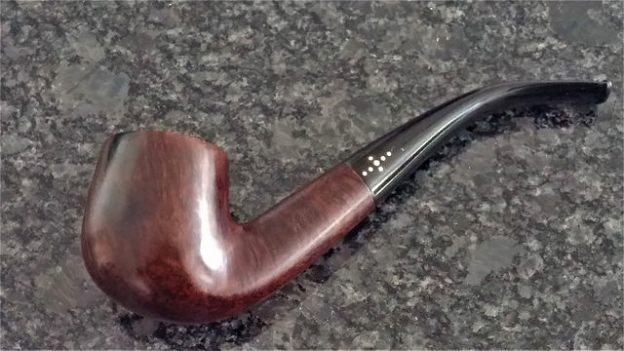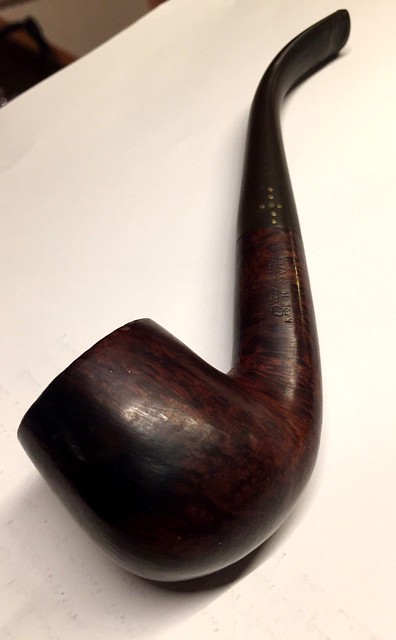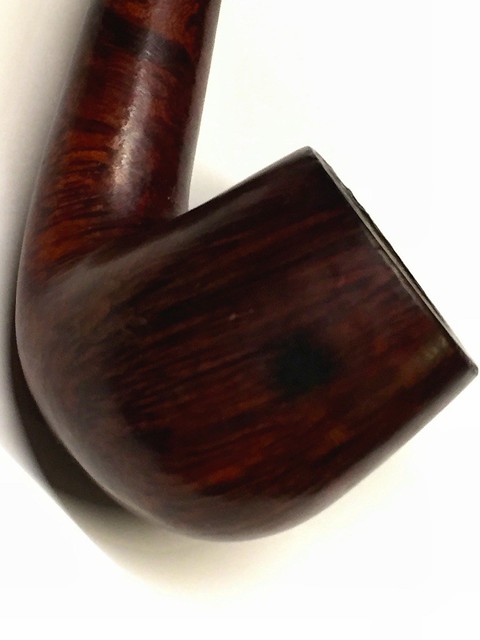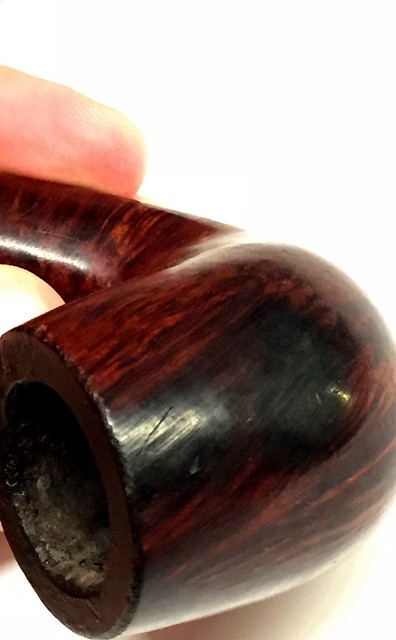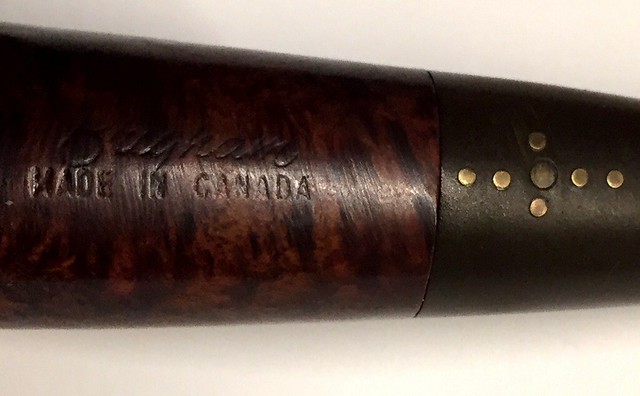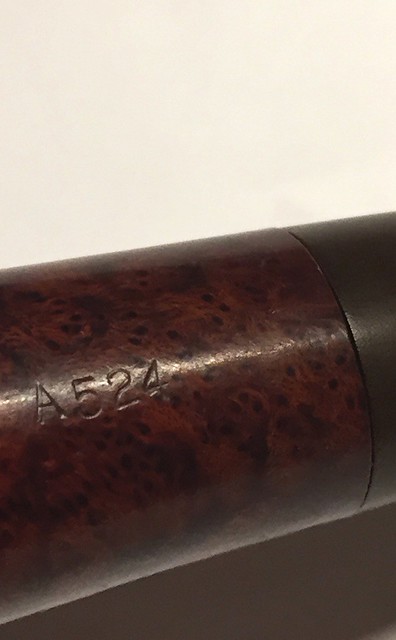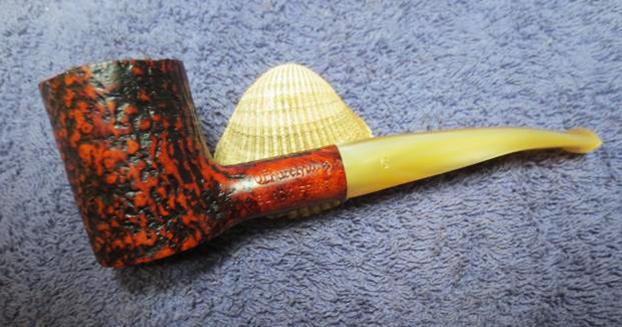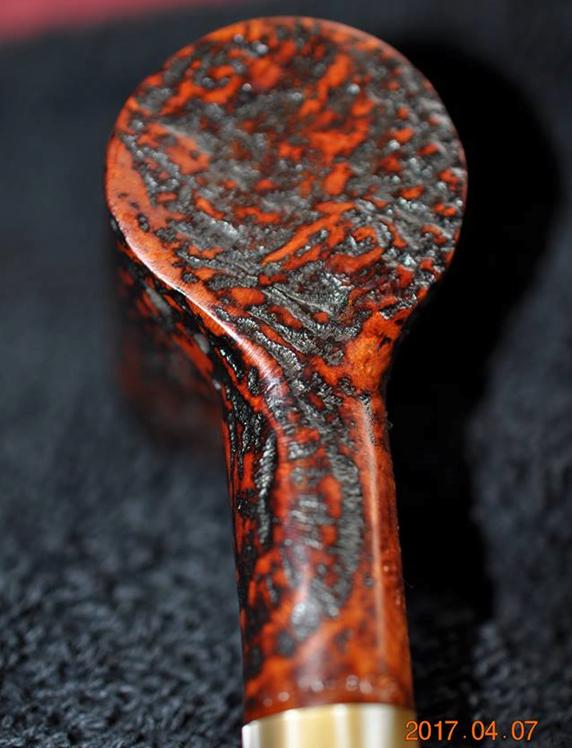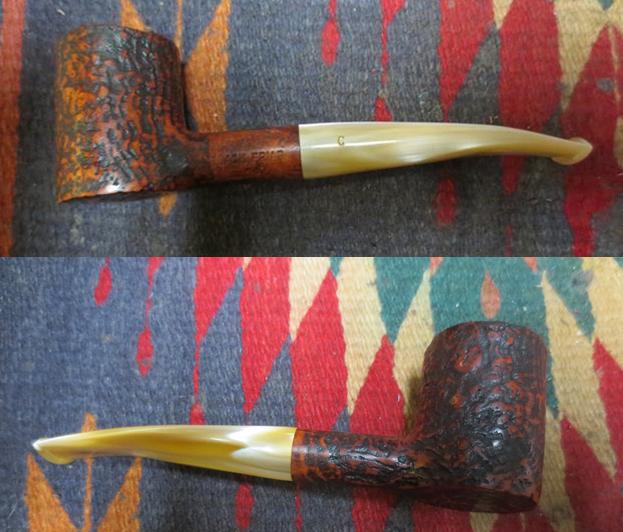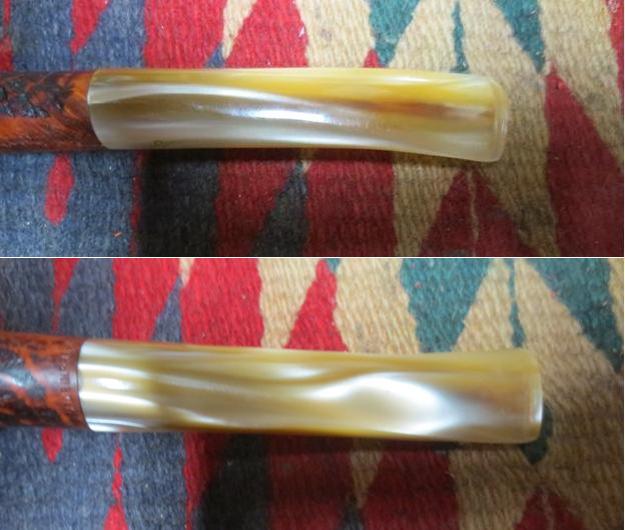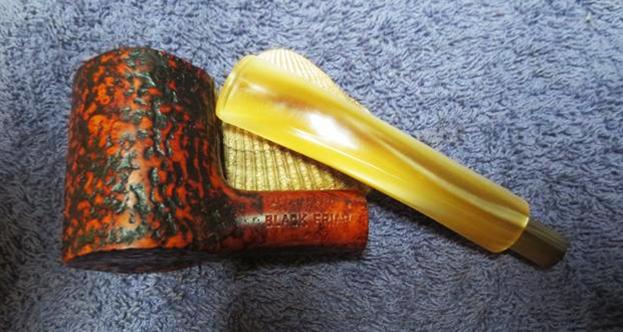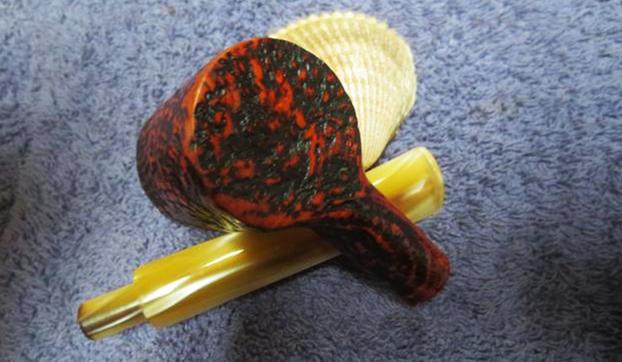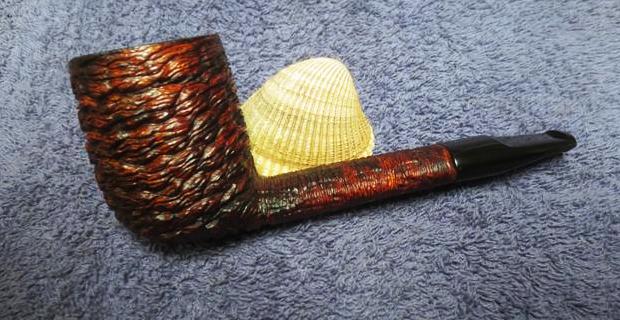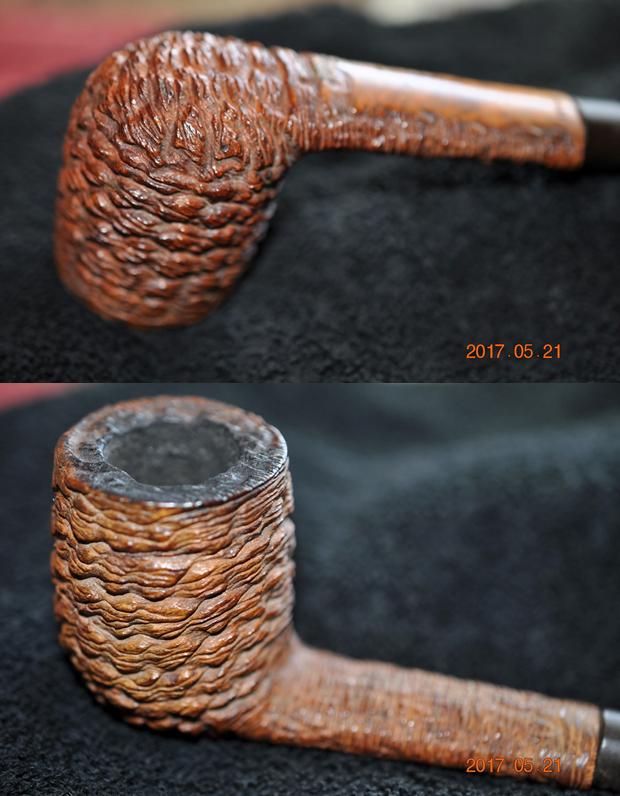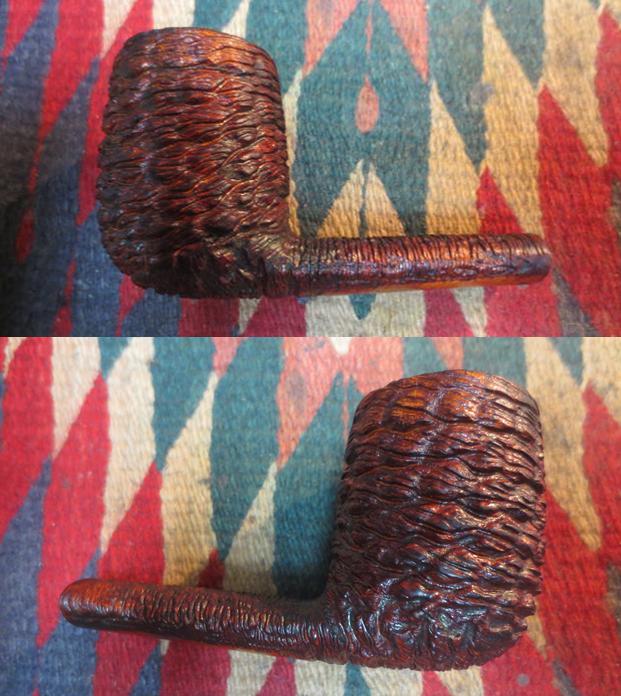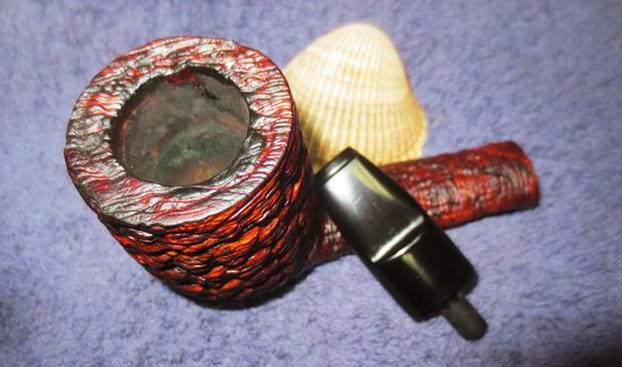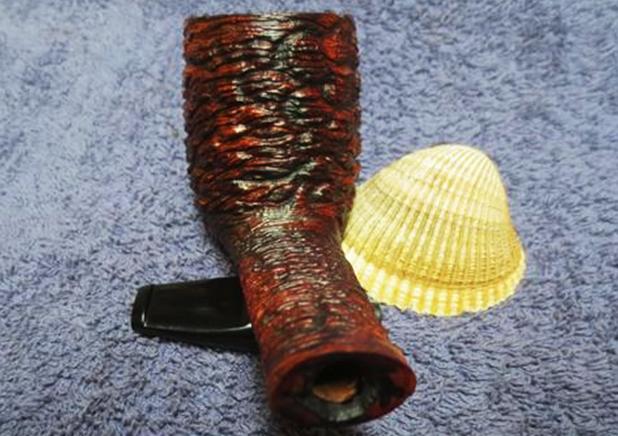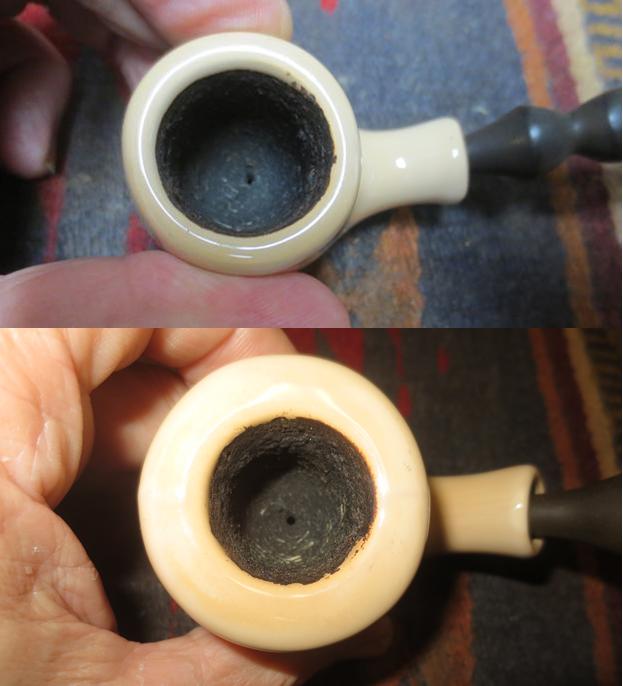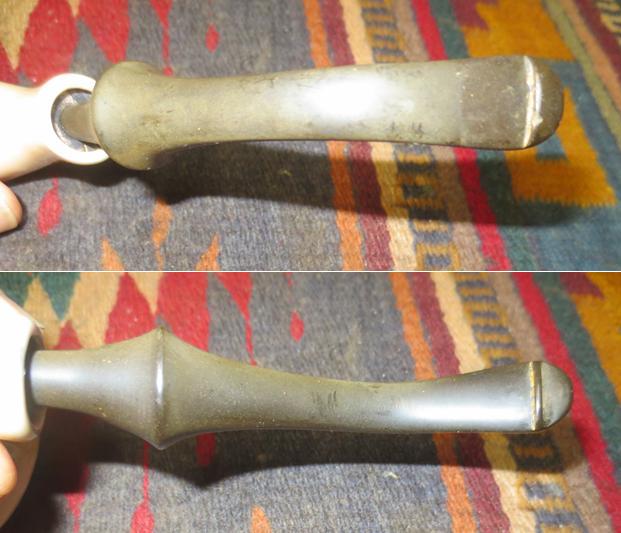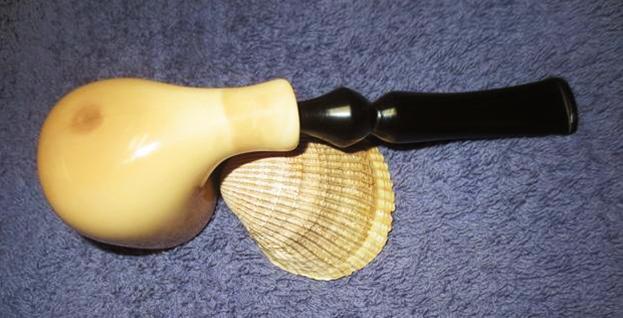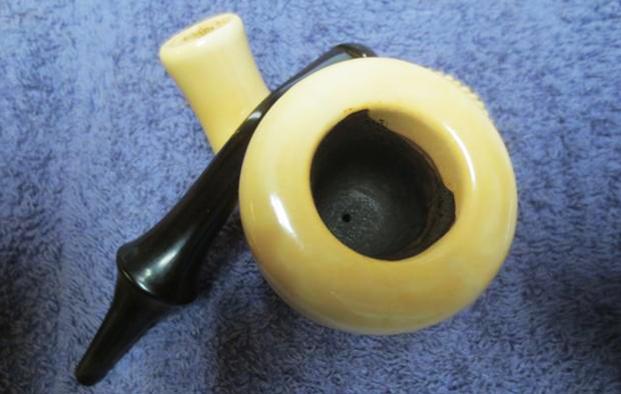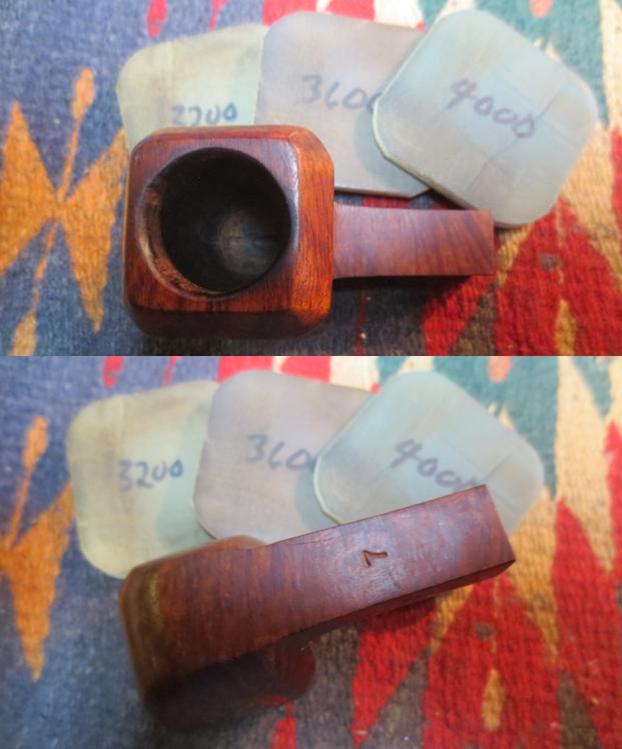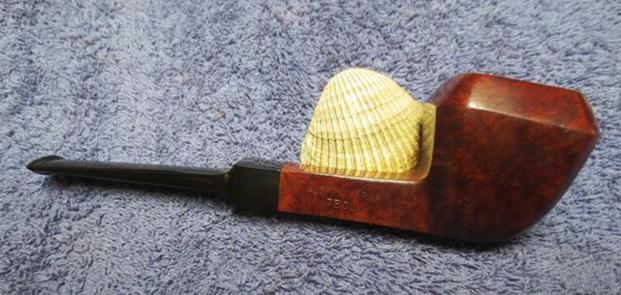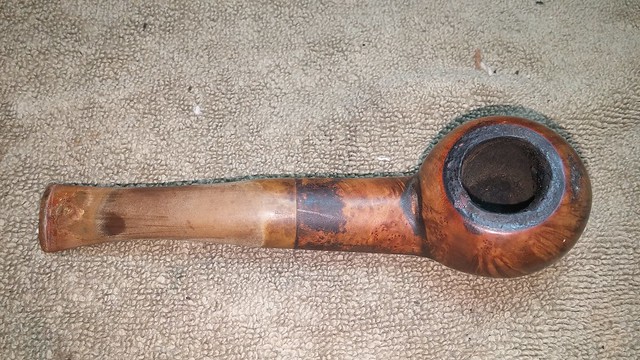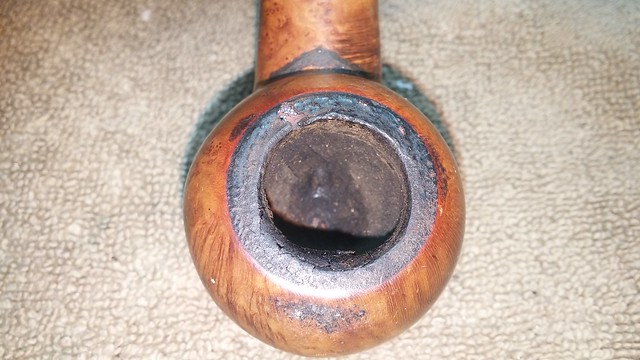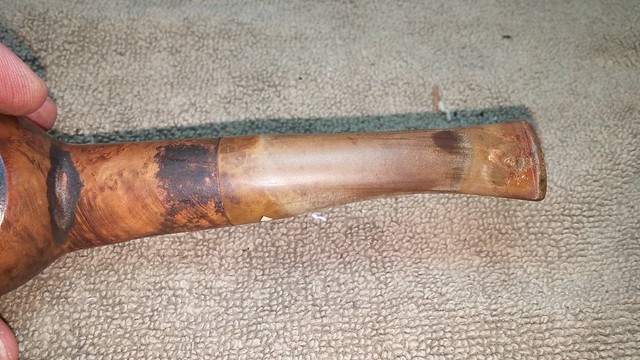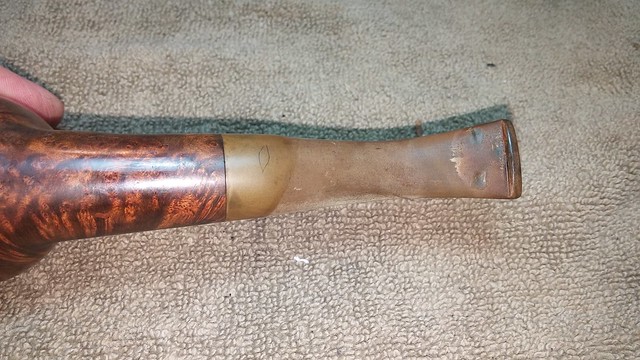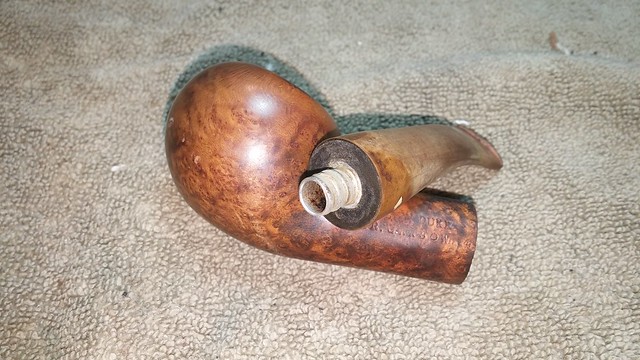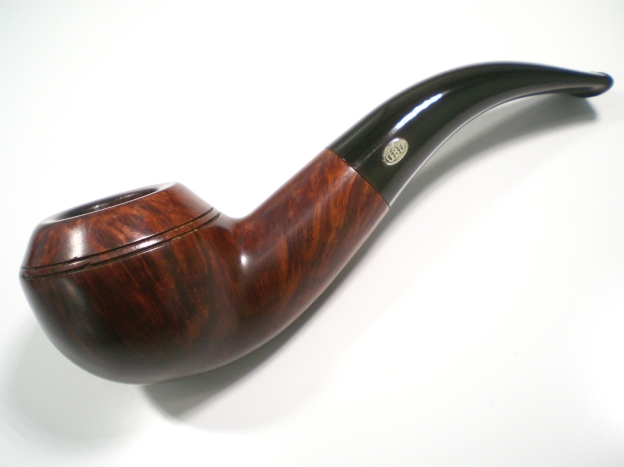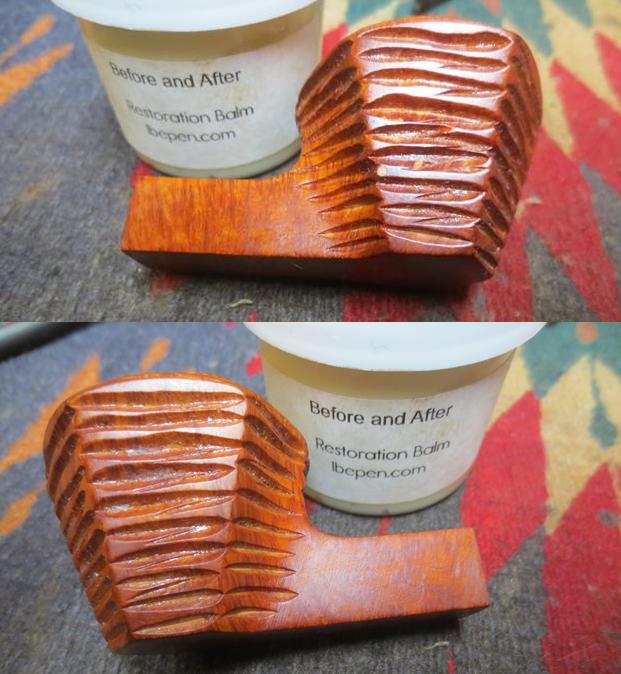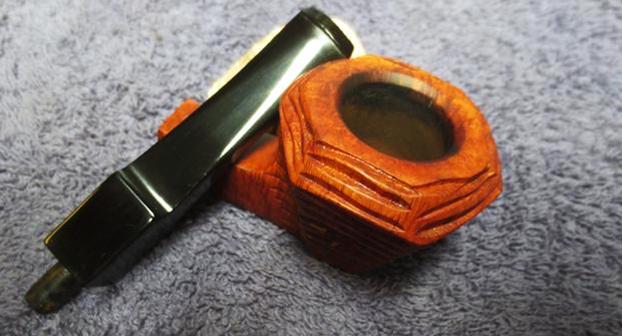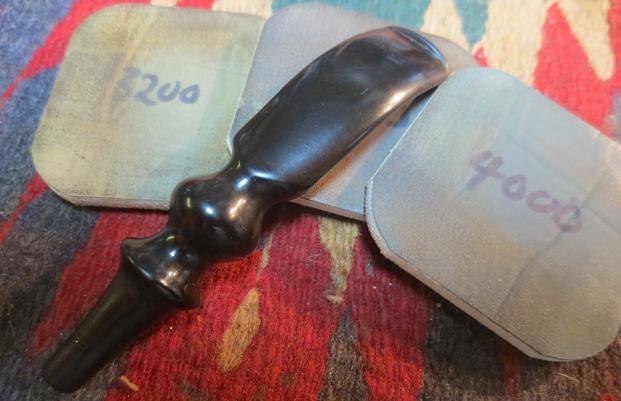By Al Jones

For many fans of the GBD marque, the shape 9242, a chubby Rhodesian is at the top of their wish list. As such, I can never resist them on the rare occasion where they pop up on Ebay. I estimate that 150 or so of the shape 9438 (saddle stem Rhodesian) is sold for every one shape 9242. This one was going to take some attention, but seemed solid from the sellers pictures. The pipe had the brass rondell and straight line, “London, England” stamp making if from the pre-Cadogan era (prior to 1982).




There were some darkening marks on the rim top but the bowl was solid. The stem was oxidized, with one tooth nick on the button but also otherwise, in good shape.
I reamed the cake from the bowl and soaked it with sea-salt and alcohol. The stem was soaked in a mild Oxy-clean solution with a dab of grease on the brass rondell.
I used worn pieces of 6,000 and 8,000 grit sheets of micromesh to remove the bowl top build-up and reduce the darkening. There were several small handling dings around the bowl, which were lifted with an electric iron and a wet cloth. The bowl was buffed with White diamond and several coats of Carnuba wax.
The stem had some light tooth dents, which lifted nicely with some heat from a lighter flame. One nick on the button remains. The tenon was slightly tweaked, as you can see from the initial photos, leaving a gap. I warmed the tenon carefully with a heat gun and quickly inserted it into the shank. This allowed it to go back to the flush position. Once cooled, the stem can be removed and the set takes.
The stem was re-mounted and I used 800 grit paper to remove the layer of oxidation. The stem was then polished with 1,500 and 2,000 grit wet paper, followed by 8,000 and 12,000 micromesh sheets. The stem was buffed with White Diamond and Meguiars Plastic polish. Last night, when I showed the pipe to my local Pipe Club members (Frederick MD Pipe Club), one asked me how I shine the brass rondell. My answer: “I don’t”. I stay away from the rondell when using any abrasive products and work as close to it as I can by hand. I don’t think the Megiuars Plastic Polish is abrasive enough to do any damage, so I let that get worked in close. The stem looks brilliant and I’m very pleased with this result.
Below is the finished pipe. I have another 9242 New Standard, so this one will most likely be re-sold at a later date.











